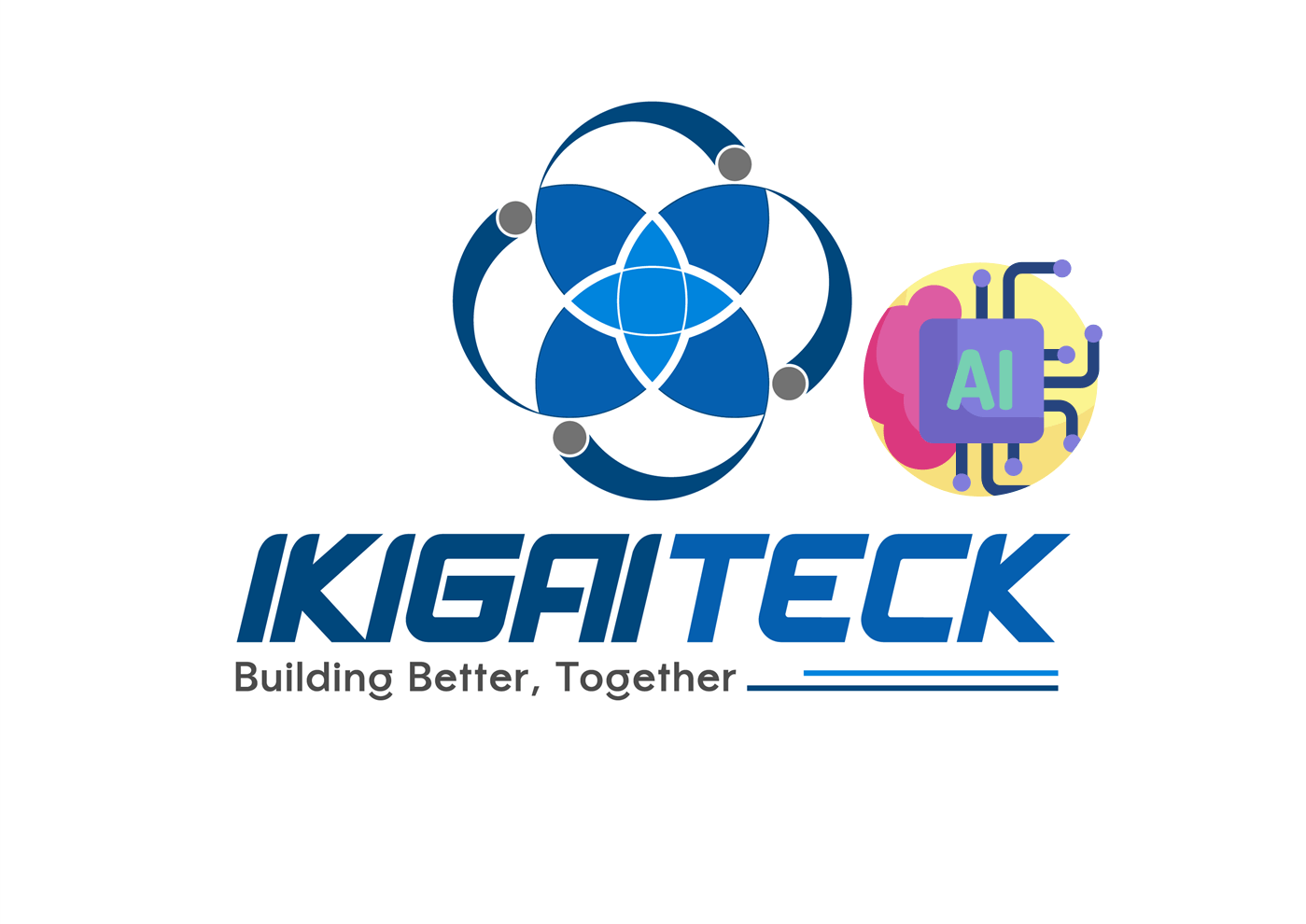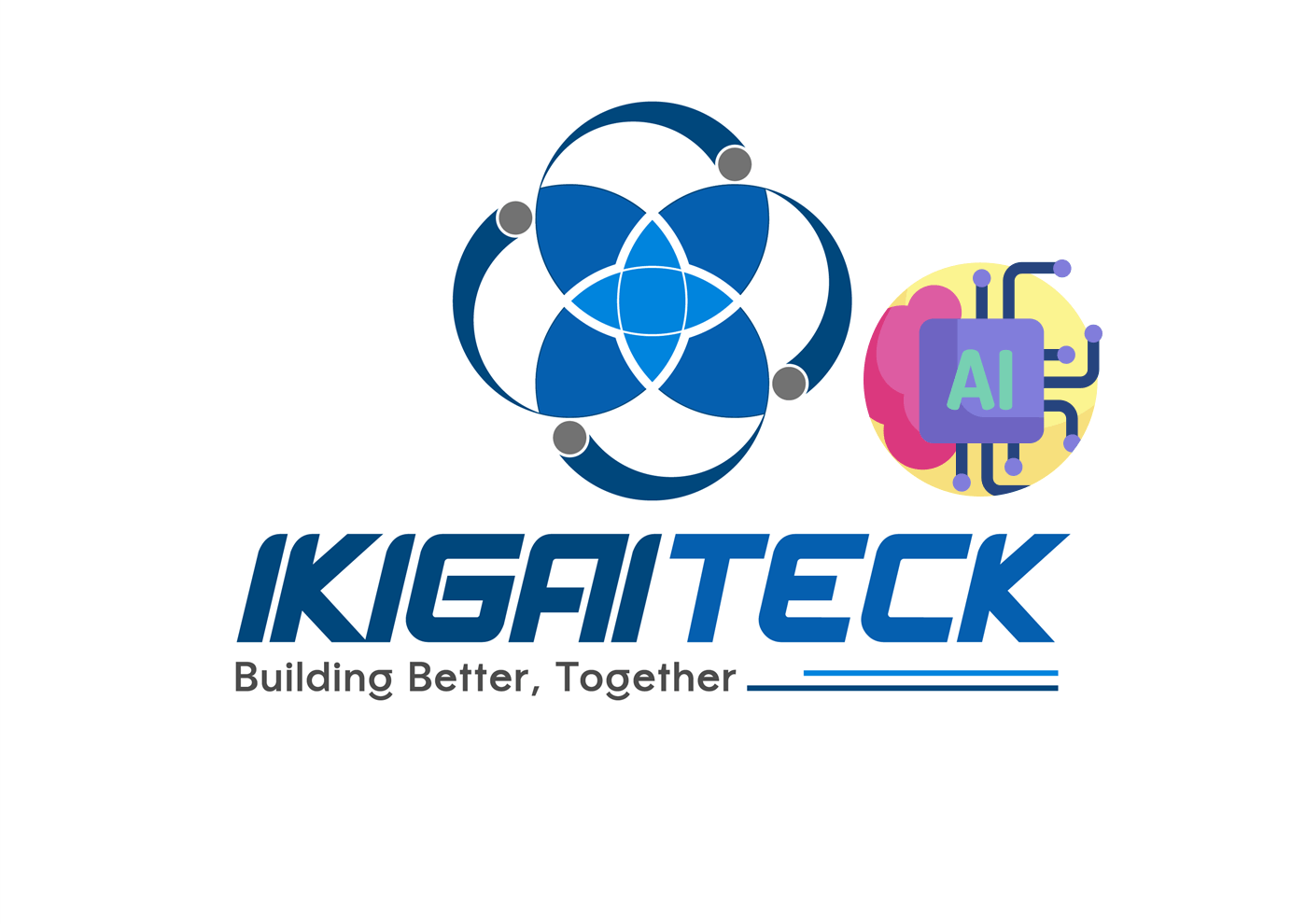Railway Review 2025 – Modern App Deployment Platform for Developers, Startups, SMEs, and Students
Introduction
Once you have an idea and some code ready, the next big question is: how do you get it running in the real world? For individual developers, freelancers, or students, setting up servers and managing infrastructure can feel overwhelming. For startups and SMEs, the challenge lies in speed—how quickly can you launch and scale without hiring a full DevOps team?
👉 Related post: Startup Tech Stack 2025 – Essential Tools Every Startup Needs
This is where Railway steps in. Often described as the modern successor to Heroku, Railway simplifies deployment and infrastructure management. Instead of spending weeks setting up servers, configuring CI/CD, and provisioning databases, you can focus on building features. Railway handles the rest—deployment, networking, databases, monitoring, and scaling—all in one place.
What is Railway and Why Does It Stand Out?
Railway is a cloud deployment platform that takes code from GitHub or Docker and runs it in production within minutes. Its biggest strength isn’t in adding endless features, but in removing complexity from software deployment.
You don’t need to rent a VPS, configure Nginx, or manually set up SSL and databases. With Railway, everything is centralized in a clean dashboard. From building to domain provisioning, SSL certificates, backups, and logging, the platform is designed to make life easier for small teams and individuals.
Key Features and Real Benefits
Fast Build & Deploy
Railway supports multiple deployment methods: GitHub repositories, Dockerfiles, or container images. With Nixpacks, it automatically detects languages and environments, removing the need for manual configuration. For startups or freelancers, this means an MVP can be online within hours instead of days.
Integrated Databases & Storage
Databases like PostgreSQL, MySQL, MongoDB, or Redis can be provisioned instantly. Railway also offers persistent volumes with automatic backups. For SMEs, this means reliable storage without the hassle of managing AWS RDS or setting up on a VPS.
Flexible Networking
Every service comes with a default domain, and you can add custom domains with SSL enabled automatically. Railway also provides private networking, allowing secure, high-speed communication between services within the same project. This flexibility works equally well for public-facing apps and internal tools.
Auto-scaling & Performance
Railway allows both vertical scaling (adding more CPU/RAM) and horizontal scaling (replicas). Small projects can start lean, but when traffic spikes, scaling is just a click away. Startups benefit from not having to overpay for unused infrastructure.
Monitoring & Logging
Real-time logs, CPU/RAM metrics, and network usage are included by default. Alerts can be configured via webhooks or email. For students or solo developers, this provides enough visibility without needing to set up Prometheus or Grafana.
Lifecycle & Team Collaboration
Projects can be split into multiple environments—staging, production, and PR previews. Each pull request creates a preview deployment, making testing smoother. Rollback is simple, and Railway’s API and CLI allow automation for advanced workflows.
Railway Templates – One-Click Start for Popular Apps
A unique strength of Railway is its Templates feature. At railway.com/deploy, you’ll find hundreds of pre-built templates for common apps and frameworks: Next.js, Express.js, Flask, FastAPI, WordPress, Ghost, Hasura, and many more.
Clicking “Deploy on Railway” instantly creates a project with everything configured. This is incredibly useful for:
Individual developers & freelancers: skip setup and dive straight into feature development.
Startups: test MVPs quickly by spinning up new projects in minutes.
Students & study groups: learn by deploying real-world apps without the friction of manual setup.
Templates make Railway not just a deployment tool, but also a platform for experimentation, learning, and rapid prototyping.
Who Should Use Railway?
Individual developers & freelancers: deploy apps quickly without getting lost in DevOps.
Startups: bring products to market fast, test MVPs, and scale as demand grows.
SMEs: run stable applications on manageable infrastructure without heavy operational overhead.
Students & study groups: treat Railway as a cloud lab to learn real deployment and hosting skills.
Railway vs Alternatives
To better understand Railway’s role, let’s compare it with some popular options:
Render: similar experience, with integrated databases and auto-deploy from GitHub.
Fly.io: excels in multi-region deployments, ideal for real-time applications.
Vercel / Netlify: great for frontend and static sites, less suitable for complex backend systems.
Heroku: a pioneer in PaaS, still easy to use, but costly and less innovative compared to Railway.
Case Study: A Small Team Deploys in One Day
Imagine three students building a class scheduling app. Traditionally, they would:
Rent a VPS, install Docker, Nginx, and SSL.
Set up PostgreSQL manually.
Install monitoring tools like Prometheus and Grafana.
Write scripts for deployment.
With Railway, the steps are reduced to:
Connect GitHub.
Select a Next.js template.
Add PostgreSQL via the dashboard.
Let Railway auto-deploy and provide a domain with SSL.
By the end of the day, they have a working demo ready to show.
Pricing
Railway uses a usage-based pricing model. You only pay for CPU, RAM, storage, and bandwidth you consume. For developers or students, this means you can start with very little cost and only scale expenses as your project grows.
Getting Started with Railway
Sign up with GitHub.
Connect your repository or choose a pre-built template.
Railway builds and deploys your app automatically, providing a domain.
Add databases or storage as needed.
Monitor logs, track metrics, and invite collaborators.
For most newcomers, the entire setup takes less than 30 minutes.
Conclusion
Railway isn’t a “magic solution,” but it addresses one of the biggest bottlenecks for developers, startups, SMEs, and students: deploying applications quickly, simply, and with room to scale.
By combining infrastructure, databases, networking, scaling, logging, and templates into one platform, Railway lets you focus on building products instead of managing servers. Whether you’re a solo developer, a startup testing ideas, or a student group learning deployment, Railway is a practical and modern choice in 2025.
👉 Let try Railway
(Some links on our site may be affiliate, meaning we may earn a small commission at no extra cost to you.)
Subscribe now !
Be the first to explore smart tech ideas, AI trends, and practical tools – all sent straight to your inbox from IkigaiTeck Hub
IkigaiTeck.io is an independent tech publication sharing practical insights on AI, automation, and digital tools.










